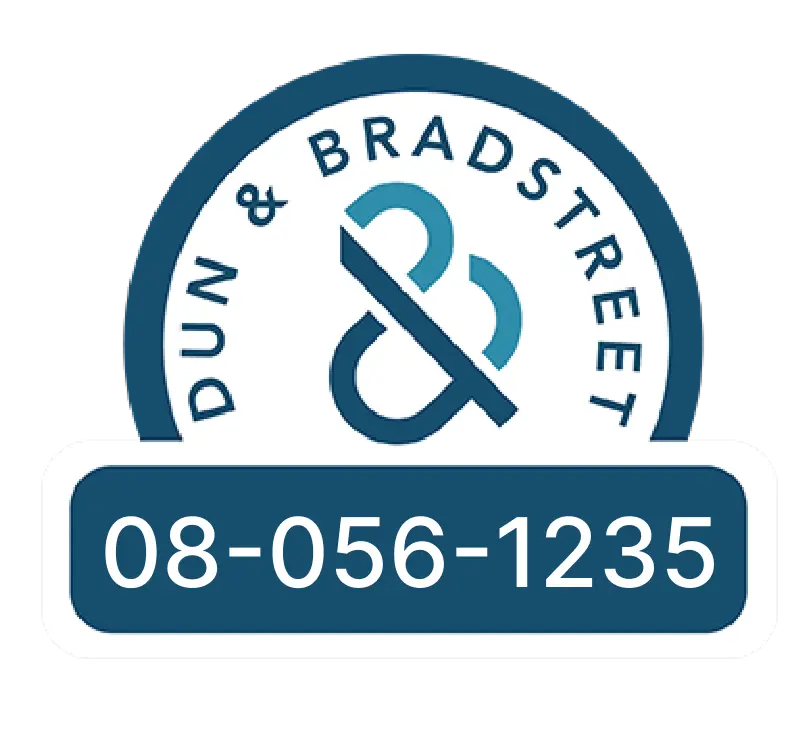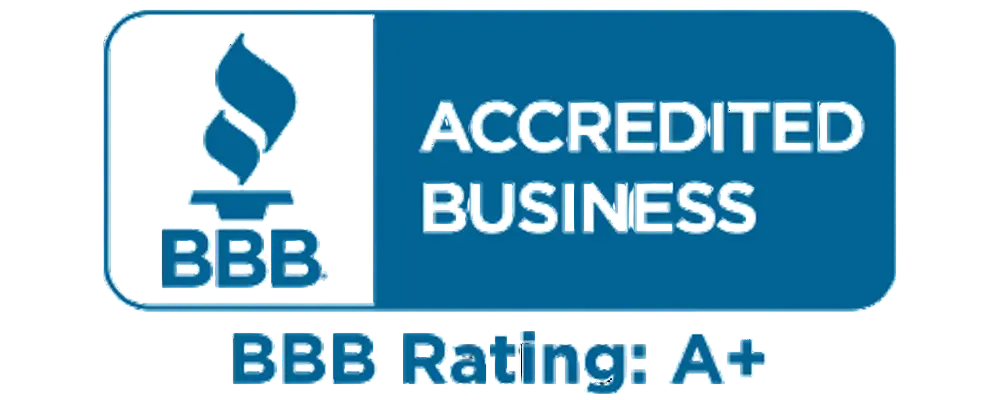Download free PDF
Anaerobic Adhesives Market Size – By Product Type, Adhesive Type, Substrate Type, End Use Analysis, Share, Growth Forecast, 2025 - 2034
Report ID: GMI7383
|
Published Date: January 2025
|
Report Format: PDF
Download Free PDF
Authors: Kiran Pulidindi, Keshav Tandle



Premium Report Details
Base Year: 2024
Companies covered: 15
Tables & Figures: 240
Countries covered: 18
Pages: 310
Download Free PDF

Anaerobic Adhesives Market
Get a free sample of this report
Get a free sample of this report Anaerobic Adhesives Market
Is your requirement urgent? Please give us your business email
for a speedy delivery!





Anaerobic Adhesives Market Size
The global anaerobic adhesives market was valued at USD 715.4 million in 2024 and is estimated to grow at a CAGR of over 5.5% from 2025 to 2034. The market is experiencing growth due to rising applications in the automotive and aerospace sectors. These industries require reliable bonding solutions for components exposed to extreme conditions, such as vibrations, high temperatures, and corrosive environments.
Anaerobic adhesives excel in sealing, thread locking, retaining, and gasketing applications, ensuring durability and performance. In the automotive industry, their use in securing bolts, nuts, and other threaded fasteners enhances vehicle safety and efficiency. Aerospace manufacturers leverage anaerobic adhesives for assembling critical components, including engines and hydraulic systems, where high precision is essential. Their ability to reduce weight by replacing traditional mechanical fasteners further strengthens their appeal.
Anaerobic Adhesives Market Trends
The growth of the anaerobic adhesives industry is significantly influenced by expanding applications in the electronics and medical sectors. These adhesives are indispensable in assembling electronic components, offering high reliability in securing connections, encapsulating components, and protecting circuits from environmental factors. Their properties, such as resistance to vibration, thermal stability, and chemical resilience, make them ideal for critical electronic applications, including printed circuit boards (PCBs), connectors, and sensors. With the increasing demand for miniaturized and lightweight devices, anaerobic adhesives play a vital role in ensuring precise bonding and enhanced product performance.
In the medical sector, anaerobic adhesives have gained prominence for assembling and sealing medical devices, such as syringes, catheters, and diagnostic equipment. Their ability to meet stringent biocompatibility and sterilization requirements ensures safety and reliability in sensitive healthcare applications. These adhesives also contribute to reducing manufacturing complexity and improving production efficiency, making them a preferred choice for medical device manufacturers.
Moreover, the ongoing trends of digitalization and advancements in medical technologies further boost the demand for anaerobic adhesives. As electronics evolve towards compact and multifunctional designs and the medical field adopts innovative devices, the need for high-performance bonding solutions intensifies.
The increasing reliance on durable, efficient, and specialized adhesives in the electronics and medical sectors underscores the importance of anaerobic adhesives as a key driver for market expansion.
Anaerobic Adhesives Market Analysis
The anaerobic adhesives industry faces challenges due to their limited effectiveness on certain materials. These adhesives rely on the absence of oxygen and the presence of metal ions to cure, making them less effective on non-metallic and inert substrates like plastics, ceramics, and composites. Industries requiring bonding solutions for diverse materials often seek alternatives with broader applicability. Additionally, the need for surface preparation, such as primers or activators, to enhance adhesion on non-metallic surfaces increases costs and complexity for manufacturers.
This limitation restricts the market's potential in sectors where multi-material bonding is crucial, such as consumer electronics and construction. Despite advancements in formulation, achieving strong adhesion across a wide range of substrates remains a significant hurdle, positioning limited effectiveness on certain materials as a key restraint for the market.
Based on product type, the market is segmented into threadlockers, retaining compounds, gasket sealants, thread sealants, structural adhesives and others. Threadlockers dominate the market by generating USD 263.7 million revenue in the year 2024. Threadlockers are a crucial segment in the anaerobic adhesives market, designed to secure and seal threaded fasteners. They prevent loosening caused by vibration, thermal expansion, or external forces, ensuring long-term stability and reliability. Widely used in automotive, aerospace, and industrial applications, threadlockers enhance safety and reduce maintenance costs. Their popularity stems from their ability to replace mechanical fasteners, streamlining assembly processes and improving performance.
Based on adhesive type, the market is segmented into acrylic, silicone, butyl and others. Acrylic hold a dominant market share of 49% in the market. Acrylic-based anaerobic adhesives are a key component in the market, known for their strong bonding capabilities and versatility. They provide excellent adhesion to metals and offer resistance to chemicals, heat, and vibrations, making them ideal for industrial applications. Commonly used in thread locking, retaining compounds, and gasket sealing, acrylic adhesives ensure durability and reliability. Their rapid curing and cost-effectiveness contribute to their widespread adoption across automotive, aerospace, and manufacturing industries.
Based on substrate type, the market is segmented into plastics, metal, rubber and others. Metal hold a dominant market share of 47% in the market. Metal is a critical substrate in the anaerobic adhesives market, as these adhesives cure in the absence of oxygen and in the presence of metal ions. Their strong adhesion to metallic surfaces makes them ideal for applications like thread locking, retaining, and flange sealing in automotive, aerospace, and industrial sectors. Metals such as steel, aluminum, and brass are commonly used with anaerobic adhesives to ensure durability and resistance to vibration, corrosion, and temperature extremes. This compatibility with metals underpins the widespread use of anaerobic adhesives in high-performance applications.
Based on end user, the market is segmented into manufacturing, automotive, electronics, aerospace, construction and others. Manufacturing hold a dominant market share of 37% in the market. Manufacturing in the anaerobic adhesives market involves advanced formulation processes to ensure precision, durability, and performance. Key manufacturing considerations include achieving consistent viscosity, curing speed, and compatibility with diverse substrates, particularly metals. Innovations like improved curing mechanisms and eco-friendly formulations are driving production efficiency and product quality. These advancements cater to the growing demand across automotive, aerospace, electronics, and medical industries, solidifying manufacturing as a vital aspect of market growth.
The U.S. market was valued at USD 172.9 million in 2024. The U.S. plays a significant role in the anaerobic adhesives market, driven by the demand from diverse industries such as automotive, aerospace, electronics, and medical devices. The country's advanced manufacturing capabilities and strong focus on technological innovations contribute to the market's growth. The presence of major industrial players and a robust end-user base further supports the demand for anaerobic adhesives.
North America, including the U.S. and Canada, is a dominant region in the anaerobic adhesives industry. The region benefits from a well-established industrial infrastructure, high adoption rates of advanced adhesives, and a growing emphasis on automation and efficiency in manufacturing processes. These factors contribute to North America's leading position in the global market, with increasing demand across various sectors such as automotive, aerospace, and healthcare.
Anaerobic Adhesives Market Share
3M is a leading player in the anaerobic adhesives industry, offering a wide range of products for applications like thread locking, retaining, and sealing. Their innovative adhesives are known for reliability and are widely used across automotive, aerospace, and industrial sectors.
Anabond is a prominent manufacturer of anaerobic adhesives, providing solutions for applications such as thread locking, sealing, and retaining. The company's products are widely used in the automotive, electronics, and industrial assembly sectors for their strong performance and cost-effectiveness.
Chemence offers a variety of anaerobic adhesives, particularly known for their threadlocking and retaining compounds. Their adhesives are extensively used in automotive, manufacturing, and maintenance applications, providing durability and resistance to vibration and corrosion.
Cyberbond manufactures anaerobic adhesives specializing in threadlocking, retaining, and gasketing. Their products are used in various high-performance industries, including automotive, aerospace, and electronics, ensuring strong, long-lasting bonds under challenging conditions.
DELO is a key player in the market, offering high-performance bonding solutions for metal, plastics, and other materials. Their anaerobic adhesives are used in precision applications, such as automotive assembly, medical devices, and electronics, ensuring reliability and strength.
Anaerobic Adhesives Market Companies
Major players operating in the anaerobic adhesives industry are:
Anaerobic Adhesives Industry News
The anaerobic adhesives market research report includes in-depth coverage of the industry, with estimates & forecast in terms of revenue (USD Million) & volume (Kilo Tons) from 2021 to 2034, for the following segments:
Click here to Buy Section of this Report
Market, By Product Type
Market, By Adhesive Type
Market, By Substrate Type
Market, By End Use
The above information is provided for the following regions and countries: